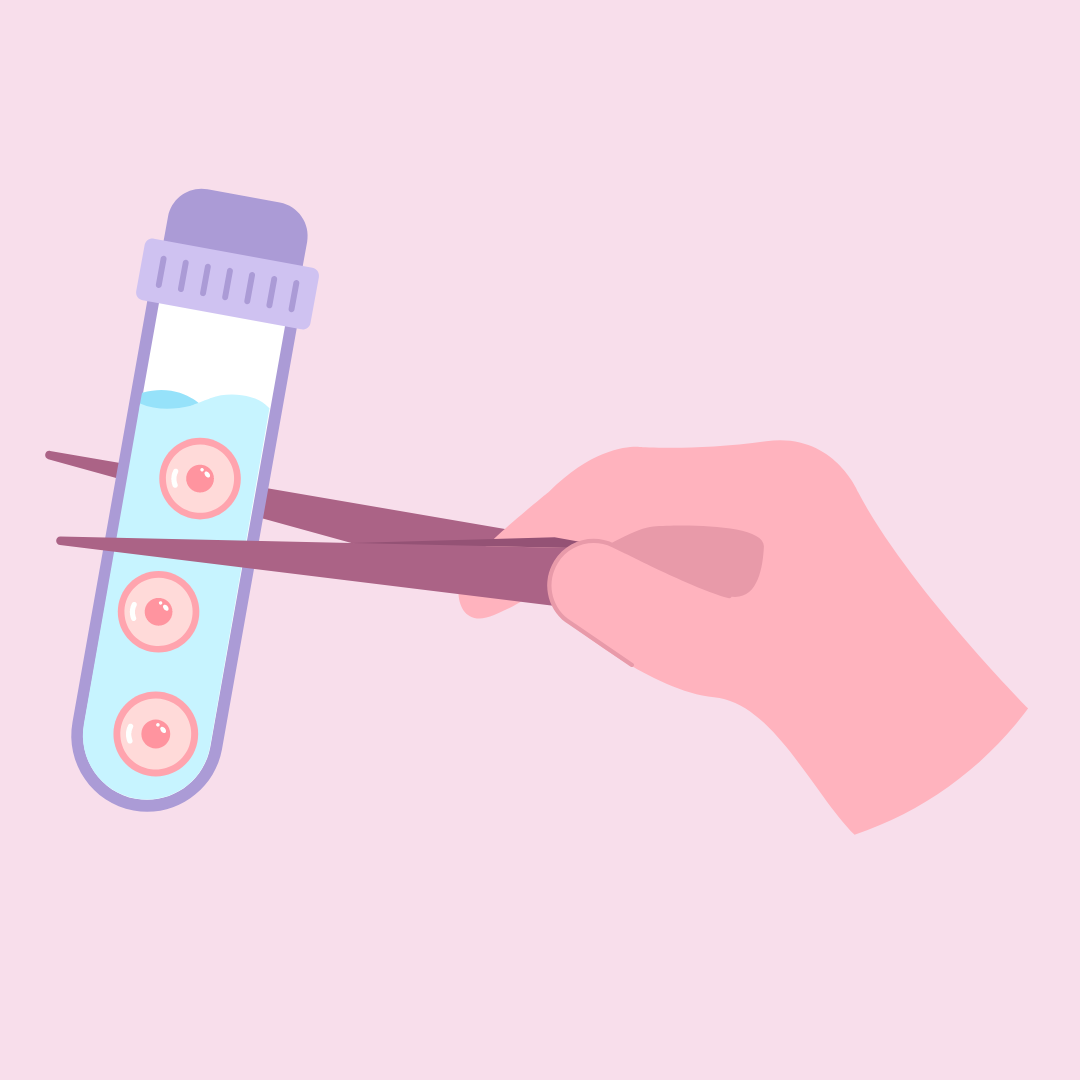The CDC Won’t Give the Public a Full Picture of Fertility Treatment Risks
By Jackie Davalos, Rachel Adams-Heard, and Kendall Taggart,
Bloomberg
| 01. 24. 2025
For women in the US seeking fertility treatment or considering donating their eggs, there’s a fair amount of information they can find about any given clinic or hospital. They might look for data on how many egg retrievals the clinic has done or the ages of its patients. Many times they’ll want to know how often treatment resulted in the birth of a baby.
But one thing they won’t be able to find out is how often the procedure has gone wrong. That’s because while the Centers for Disease Control and Prevention discloses “success rates,” it keeps information about health complications under lock and key.
The data gap is particularly troubling at a time when fertility treatment is increasingly relying on eggs from donors. As egg-freezing technology has advanced, the number of in vitro fertilization cycles using donor eggs has grown more than 170% since 2000, catapulting the egg-banking and donation sector into a $2 billion business in the US, according to investment firm Harris Williams. In December, Bloomberg Businessweek chronicled how a burgeoning global market for human eggs can lead...
Related Articles
By Katherine Long, Ben Foldy, and Lingling Wei, The Wall Street Journal | 12.13.2025
Inside a closed Los Angeles courtroom, something wasn’t right.
Clerks working for family court Judge Amy Pellman were reviewing routine surrogacy petitions when they spotted an unusual pattern: the same name, again and again.
A Chinese billionaire was seeking parental...
By Sarah A. Topol, The New York Times Magazine | 12.14.2025
The women in House 3 rarely had a chance to speak to the women in House 5, but when they did, the things they heard scared them. They didn’t actually know where House 5 was, only that it was huge...
By Sarah Kliff, The New York Times | 12.10.2025
Micah Nerio had known since his early 30s that he wanted to be a father, even if he did not have a partner. He spent a decade saving up to pursue surrogacy, an expensive process where he would create embryos...
By Carter Sherman, The Guardian | 12.08.2025
A huge defense policy bill, revealed by US lawmakers on Sunday, does not include a provision that would have provided broad healthcare coverage for in vitro fertilization (IVF) for active-duty members of the military, despite Donald Trump’s pledge...




